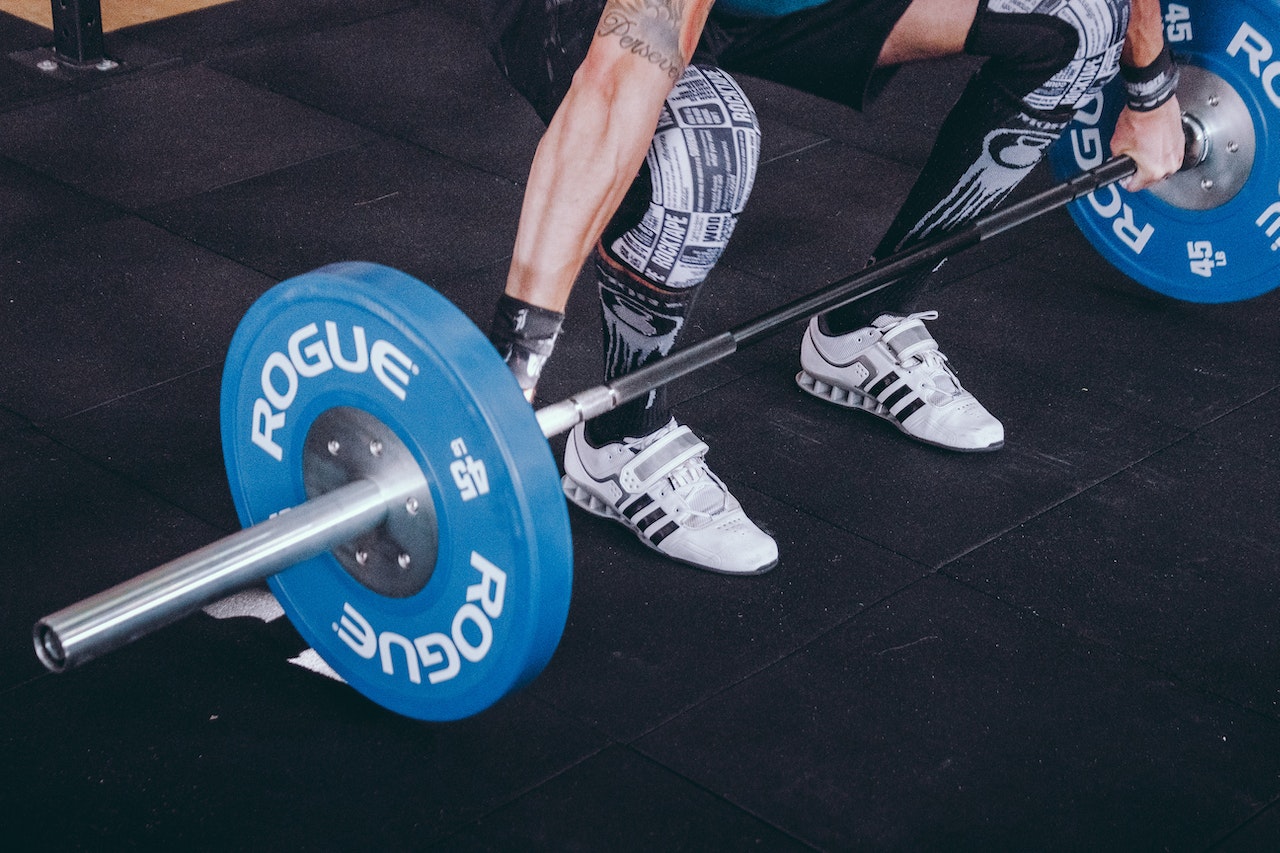
Progressive Overload is a term used in the fitness industry to describe the gradual increase in the intensity, duration, and frequency of physical activity to achieve maximal muscular strength, endurance, and hypertrophy.
The concept of progressive overload has been extensively researched and applied in the field of strength and conditioning for many decades. Today, we will provide you with an in-depth analysis of the working-out technique known as progressive overload, its principles, and its application.
Principles of Progressive Overload
The principle of progressive overload is based on the idea that to gain strength, the muscles must be challenged beyond their current capacity. The body is incredibly adaptable and can quickly become accustomed to a specific exercise routine, leading to a plateau in performance. The idea is simple: by gradually increasing the intensity, duration, and frequency of the exercises, the body is forced to adapt to the new demands, resulting in continued progress.
There are several ways to apply progressive overload to an exercise program, including:
- Increasing the resistance (weight)
- Increasing the number of repetitions
- Decreasing the rest periods
- Increasing the number of sets
- Increasing the frequency of training
The key is to manipulate one or more of these variables to gradually increase the workload placed on the muscles.
Benefits of Progressive Overload
The primary benefit of progressive overload is the continuous improvement in muscular strength and hypertrophy. By progressively increasing the workload, you continually challenge the muscles and stimulate them to adapt. This means continued progress. This strategy can become particularly useful in preventing plateaus in performance. Oftentimes, our inability to progress stems from weight complacency within our resistance sessions. As long as our nutrition is in check, remember that the human body is extremely resilient and adaptable. Do not be afraid of testing its limits (within reason).
Understand that the changes can be subtle: adding that one additional rep, increasing weights with small 5lb increments, and decreasing rest by a handful of seconds can all compound to accelerated strength and muscle growth down the line.
Another significant benefit of progressive overload is the prevention of injury. It may seem counterintuitive at first, but by gradually increasing the workload, your body has time to adapt to the new demands. This helps increase muscle fiber generation and reduces the risk of long-term injury. That’s why steady/small adjustments are key to this type of workout. We mustn’t rush progress.
I personally like to incorporate both progressive overload training early in the week, while preferring hypertrophic and calisthenics routines (for a “lighter” workout) towards the end of the week.
Application of Progressive Overload
The application of progressive overload will vary depending on the individual’s goals, fitness level, and exercise experience. For beginners, it is essential to start with a low-intensity exercise program and gradually increase the workload over time. This approach will allow the body to adapt gradually, reducing the risk of injury and allowing the individual to progress at a steady pace.
For more experienced individuals, a more aggressive approach to progressive overload may be appropriate. This may involve increasing the weight lifted, the number of repetitions or sets, or decreasing the rest periods between sets. The key is to challenge the muscles beyond their current capacity without compromising form or technique.
Consider going to the gym with a friend! It makes progressive overload a lot more approachable. None of us want to be that guy or girl laying on the bench press stuck under a bar with more weight than we are capable of pushing. Having that friend/spotter can provide that peace of mind to push beyond our limits and still retain a safety net if needed. (It really does make a huge difference in overcoming plateaus and PRs!).
It is also important to note that you should apply progressive overload to all muscle groups, not just the ones that you commonly train. Neglecting certain muscle groups can lead to imbalances, which can increase the risk of injury and limit overall progress.
Conclusion
Progressive overload is undoubtedly a science-backed and proven technique for improving muscular strength, hypertrophy, and endurance. By gradually increasing the workload placed on the muscles, the body is forced to adapt, resulting in continued progress.
The key is to manipulate one or more variables such as resistance, repetitions, sets, rest periods, and frequency of training, to progressively increase the workload. Also, keep in mind that the application of progressive overload will vary depending on your individual goals, fitness level, and exercise experience.
If this is a route/strategy you wish to incorporate, it is essential to apply this technique to all muscle groups to prevent imbalances and reduce the risk of injury. Transitioning between machines, free weights, cables, and calisthenics to maintain variety in your exercises so as to hit a different muscle group, target the so-called “stabilizer” muscles, and prevent boredom within your routine.
All in all, there is no doubt that progressive overload should be a staple in your exercise routine. Make sure to talk to your trainer to see how it is applied within your program(s) and feel free to check out Precision Athletics’ philosophy towards working out.
References:
- Kraemer, W. J., & Ratamess, N. A. (2004). Fundamentals of resistance training: progression and exercise prescription. Medicine and Science in Sports and Exercise, 36(4), 674-688.
- Fleck, S. J., & Kraemer, W. J. (2014). Designing resistance training programs. Human Kin



